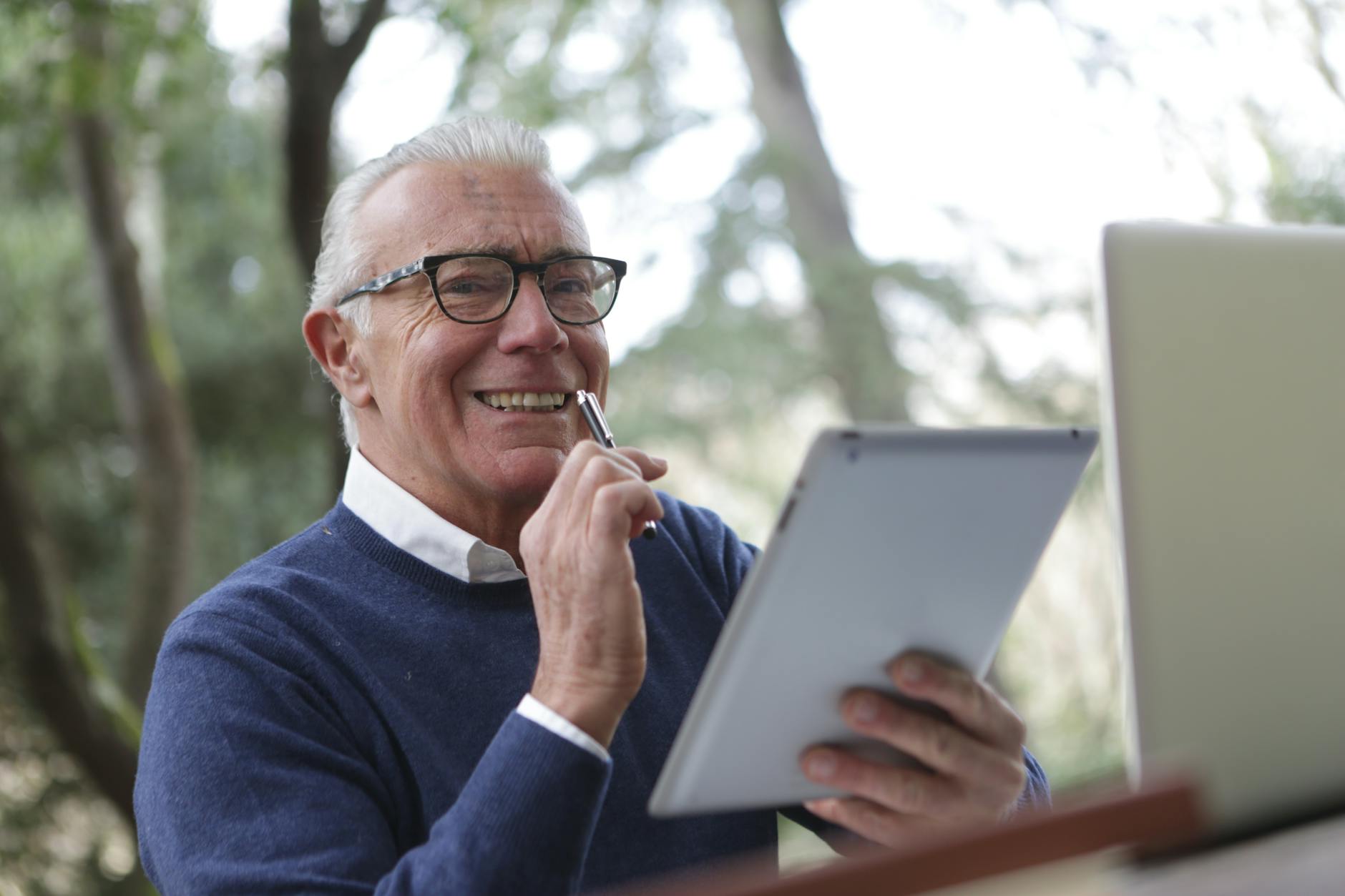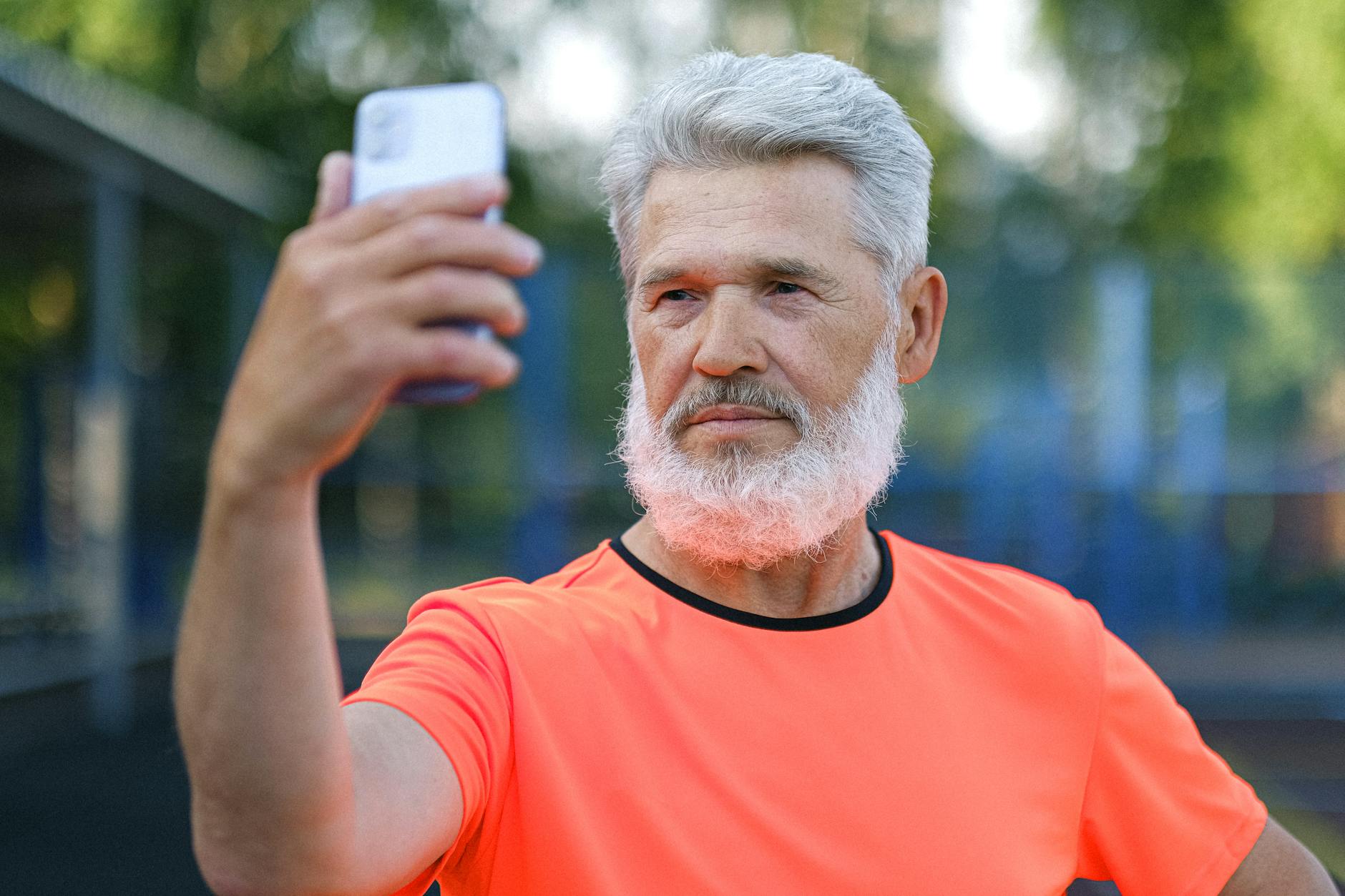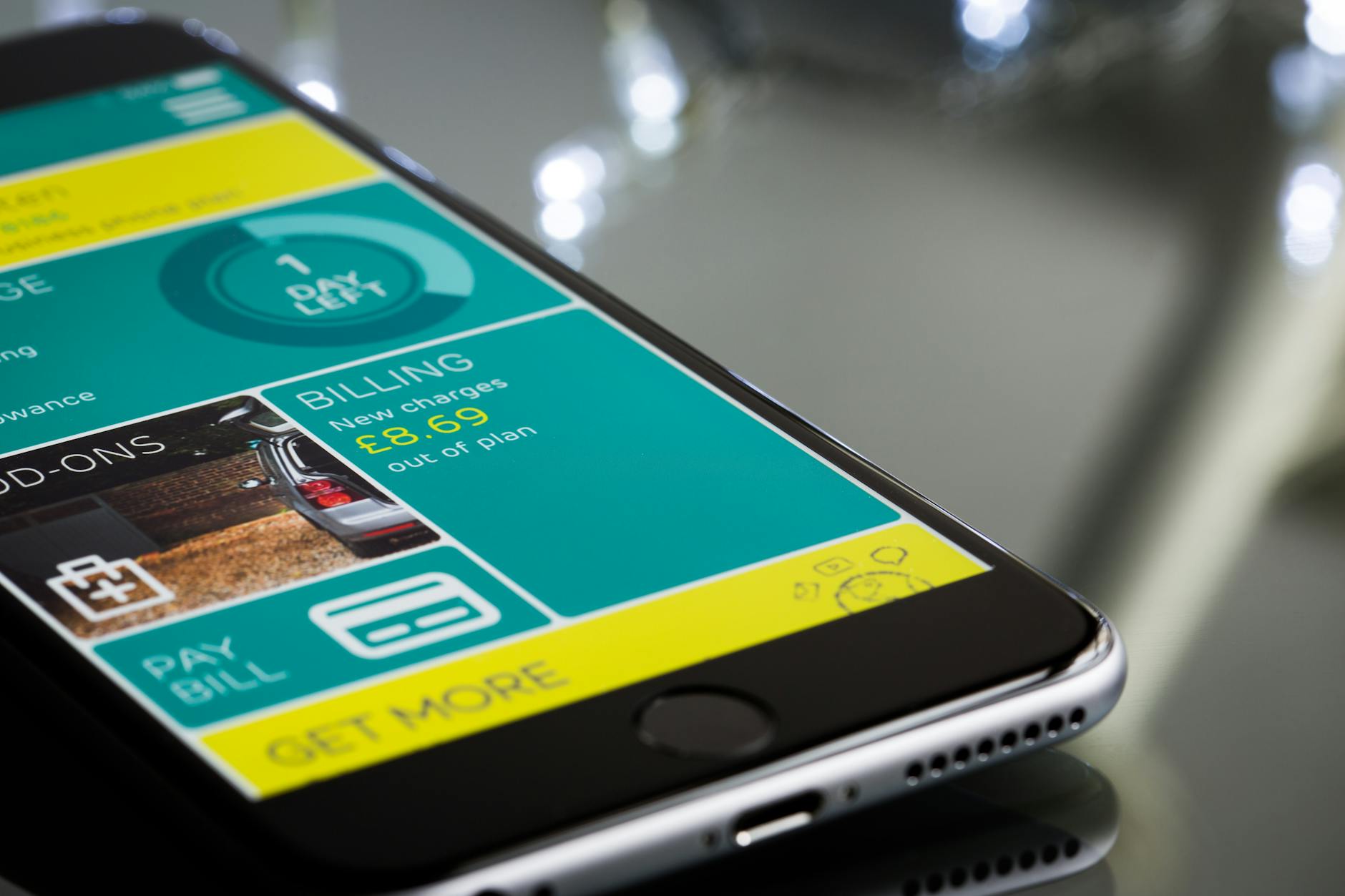As the world becomes increasingly digital, one demographic that has seen significant growth is marketing technology to seniors. Often overlooked in the tech landscape, seniors are proving to be a vital and engaged audience. Contrary to outdated stereotypes, seniors are not a homogenous group with uniform tech habits and preferences. Instead, they span a diverse range of technological literacy levels and interests. This diversity necessitates a nuanced approach to marketing technology to this demographic.
Understanding the Senior Demographic
Understanding the senior demographic is crucial in today’s society. As the population ages, recognizing the unique needs, preferences, and challenges faced by older adults can help us create better services, products, and experiences tailored to their lifestyles. Let’s dive into what makes this demographic so important and how we can better support and engage with them.
The Diverse Lives of Seniors
One of the first misconceptions to dispel is that all seniors are the same when it comes to technology use. In reality, seniors can be divided into several sub-groups based on their familiarity and comfort with technology. Some seniors are tech-savvy early adopters, while others may be hesitant but willing to learn, and a few might show resistance to new technologies altogether. Recognizing these distinctions is critical for crafting personalized marketing strategies that resonate with each sub-group effectively.
The Impact of COVID-19
The COVID-19 pandemic has dramatically shifted the landscape, accelerating the adoption of technology among seniors. According to a report by AARP, there has been a significant increase in smartphone ownership among seniors, jumping from 70%-77% due to COVID lockdowns. Similarly, online shopping among seniors has surged, with a 40% increase in e-commerce activities within this demographic. These shifts present new opportunities for brands to engage seniors in ways previously deemed improbable.
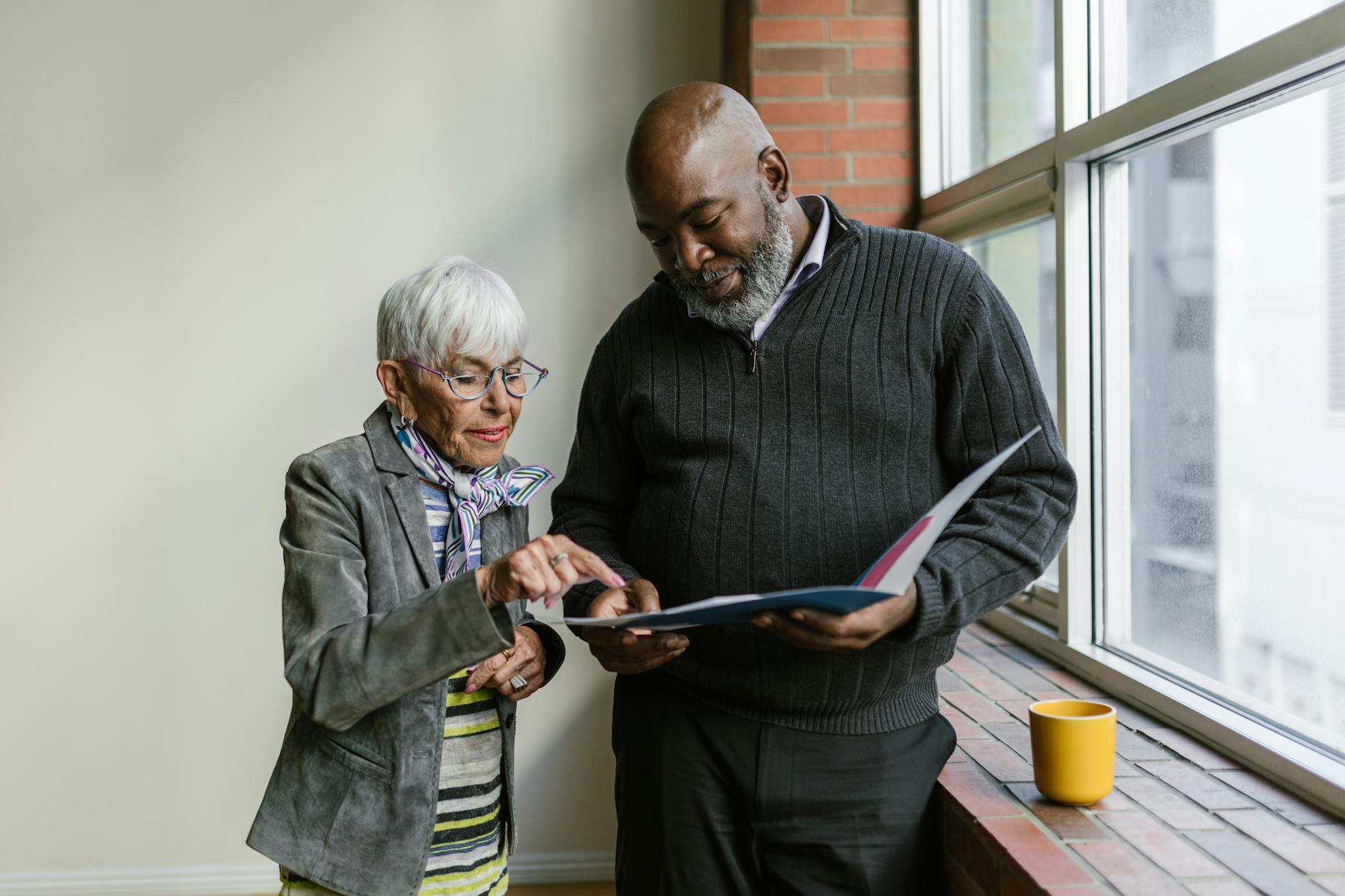
Best Practices for Marketing Technology to Seniors
Marketing technology to seniors can be a unique challenge, but understanding their needs and preferences can lead to successful strategies.
Emphasize Simplicity and Usability
Simplicity and usability are paramount when designing and marketing technology to seniors. Products that boast user-friendly interfaces and intuitive designs are more likely to see higher adoption rates and user satisfaction. For example, a case study on simplified tablet interfaces for seniors demonstrated a 35% increase in user engagement and a 50% rise in overall satisfaction. Ensuring that the user experience is straightforward can make a substantial difference in acceptance and ongoing use.
Multichannel Approach
A multichannel marketing strategy that integrates both traditional and digital platforms is essential for reaching seniors effectively. While many seniors are becoming more comfortable with digital platforms, traditional media—such as print, television, and radio—still holds significant influence. Combining these channels can ensure broader reach and better engagement. Comparative studies show that multichannel campaigns achieve 37% higher engagement rates compared to single-channel approaches.
Personalized Educational Resources
Providing educational resources that cater to varying levels of tech proficiency can bridge the digital divide and empower seniors. Whether it’s through online tutorials, in-person workshops, or dedicated customer support, these resources should be accessible and easy to understand. A recent study revealed that seniors prefer video tutorials, while many appreciate step-by-step printed guides. Tailoring educational content to these preferences can enhance learning and boost confidence in using new technologies.
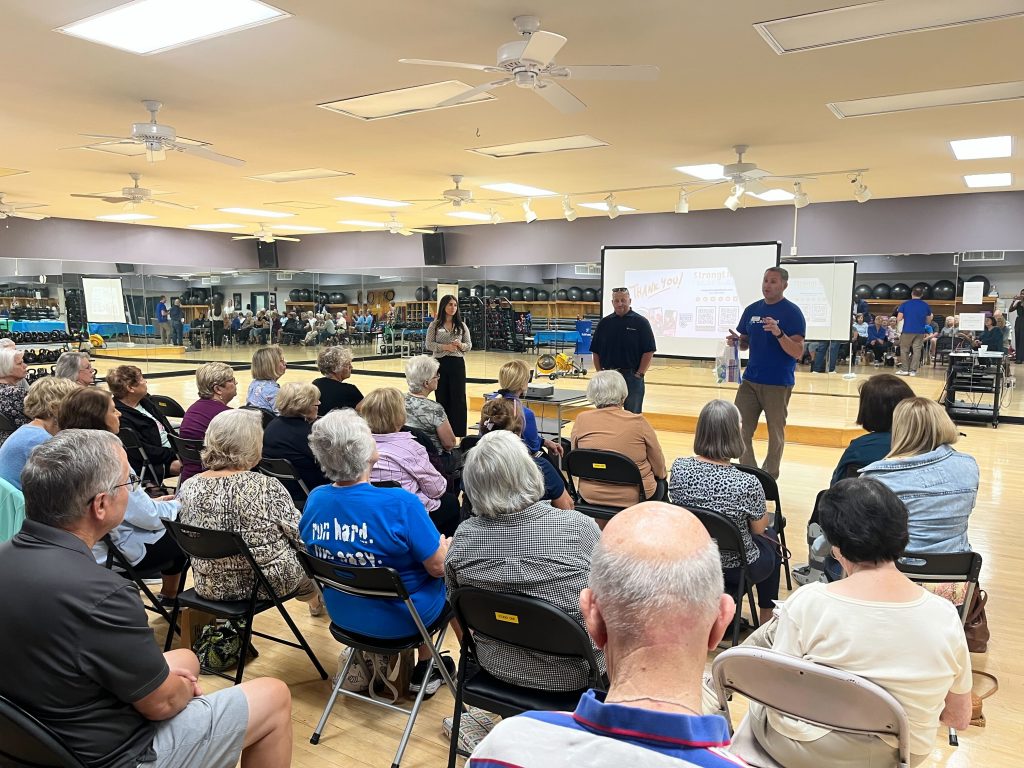
Expert Insights
Sharanda Strong Henry, a thought leader in senior technology adoption, emphasizes the importance of empathy and patience in marketing technology to seniors. “Seniors are eager to embrace technology if it addresses their needs and is presented in an accessible manner. Brands need to focus on creating supportive environments that foster learning and trust.”
Data-Backed Strategies
To support the insights presented, consider the following data points:
Senior Smartphone Ownership: Post-COVID, senior smartphone ownership increased, but still skeptical to AI, according to AARP. AARP Report
Online Usage Among Seniors: A 2021 study by Pew Research Center found a 40% rise in senior participation online. Pew Research Center Study
User Satisfaction with Simplified Tech: Simplified tablet interfaces for seniors led to a 78% increase in satisfaction, as noted in a study by the Clinical Gerontologist. Clinical Gerontologist.
Marketing technology to seniors
Marketing technology to seniors offers a unique set of challenges and opportunities. By recognizing the diversity within this demographic, emphasizing simplicity and usability, adopting a multichannel approach, and providing tailored educational resources, brands can successfully engage and empower seniors.
Seniors represent a growing and influential customer base with a keen interest in technology that enhances their lives. The time is now for marketers and tech innovators to seize this opportunity and make a meaningful impact.
Ready to elevate your senior outreach and marketing solutions? Partner with StrongLink Technology and connect with us to explore how we can help you reach this dynamic audience effectively.


